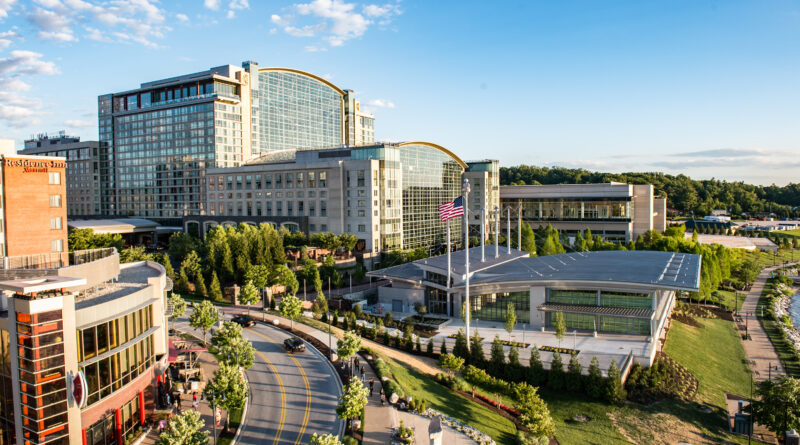History Of Prince George’s County Maryland
Prince George’s County is a county in the state of Maryland, United States. It was named after Prince George of Denmark, husband of Queen Anne of England. The county has a rich history dating back to pre-colonial times, with the Piscataway Indians as the original inhabitants. The county has witnessed significant events, including the American Revolution, the Civil War, and the Civil Rights Movement.
Early History of Prince George’s County
The Piscataway Indians lived in the area that is now Prince George’s County for thousands of years before the arrival of Europeans. The Piscataway were an Algonquian-speaking tribe and were known for their trade and agriculture. The tribe had extensive trade networks that extended from the Chesapeake Bay to the Mississippi River. In the 17th century, the Piscataway were devastated by European diseases and conflict with the English settlers.
Prince George’s County Colonial Era
In the 17th century, English colonists began to settle in the area. Leonard Calvert, the first governor of Maryland, established a settlement called St. Mary’s City in 1634. The county was originally part of Charles County, which was created in 1658. However, Prince George’s County was officially established in 1696 when it was separated from Charles County. The county was named after Prince George of Denmark, the husband of Queen Anne of England.
During the colonial era, tobacco was the main crop grown in the county. The tobacco economy was heavily dependent on enslaved labor, and by the 18th century, the county had a significant population of enslaved people.
American Revolution
During the American Revolution, Prince George’s County played a significant role in the war effort. Many county residents served in the Continental Army, including William Smallwood, who commanded the Maryland Line. The Battle of Bladensburg, which took place in the county in 1814, was a significant event during the War of 1812. The battle resulted in the burning of Washington, D.C., by the British.
Civil War
During the Civil War, Prince George’s County was a border county. The county was officially part of Maryland, a Union state, but many county residents sympathized with the Confederacy. The county was strategically important because it was located between Washington, D.C., and Confederate territory. The county was the site of several skirmishes and battles, including the Battle of Fort Stevens in 1864.
Modern Era of Prince George’s County
In the 20th century, Prince George’s County underwent significant changes. In the 1950s and 1960s, the county experienced significant population growth, and many new neighborhoods were built to accommodate the influx of residents. The county also became more diverse, with an increasing African American population.
The Civil Rights Movement also had a significant impact on Prince George’s County. In 1954, the Supreme Court issued the landmark Brown v. Board of Education decision, which declared segregation in public schools unconstitutional. The decision had a significant impact on the county, which had a segregated school system. In the 1970s, the county implemented a desegregation plan, which resulted in significant changes in the county’s schools.
Conclusion
Prince George’s County has a rich and complex history. The county has played significant roles in many important events in American history, including the American Revolution and the Civil War. The county has also undergone significant changes in the 20th century, including population growth and demographic changes. Today, Prince George’s County is a diverse and vibrant community that continues to evolve and grow.
Discover more from City Towner
Subscribe to get the latest posts sent to your email.




